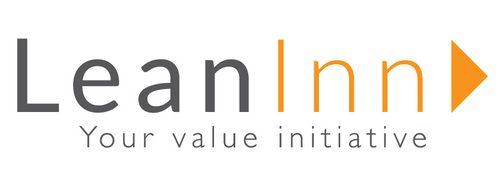
The Ishikawa Diagram or Cause-Effect Diagram (also known as Fishbone Diagram due to its structure) consists of a graphic representation that allows visualizing the causes that explain a certain problem, which makes it a tool of the Management of the Quality widely used since it guides decision making by addressing the bases that determine poor performance.
The use of the Ishikawa Diagram is complemented in a good way with the Pareto Diagram which allows prioritizing the relevant action measures in those causes that represent a greater percentage of problems and that are usually reduced in nominal terms.
Its creator, the Japanese entrepreneur and author Kaoru Ishikawa, devised the cause and effect diagram in the 1960s with the aim of offering an alternative to analyze why a product or service does not work well, identifying all the factors that can affect its development.
Elements of the Ishikawa diagram.
Making an Ishikawa diagram is very easy. But first, we are going to explain each of its elements with a very practical example.
- Fishbone: works as the backbone of the diagram. Represents the set of events that have caused a product or service to be defective.
- Place 4 categories: the following causes are used: machines, methods, personnel, and materials that are present in the manufacturing process or creation of services.
- Subcategories: to deepen the analysis, subcategories can be included for each cause that refer to more specific aspects. Example: distribution, packaging, materials, staff conduct, among others.
- The problem: is the issue related to the quality of the product or service, which needs to be resolved or improved.
How to make an Ishikawa diagram step by step.
We are already clear about the elements that should be included in the diagram. Now let's see the step by step to create yours.
- Identify the problem you want to solve and write it in the middle right of your paper or whiteboard.
- Draw a horizontal arrow that meets the problem box.
- Write each category along the arrow. Remember that each one varies depending on the business, but for the Ishikawa Diagram these criteria are used: machine, method, personnel and materials.
- Brainstorm, with your team, all the possible causes of the problem and classify each one in the categories you added.
- Identify the possible causes of the error or problem and write them under the corresponding category. Deepen your analysis and add a subcategory if necessary.
- Analyze each of the possible causes and subcategories, until you determine what is the root of the problem that you need to solve.

It is possible to achieve the objectives of the company, but they are not always done in an efficient way. Efficiency in the work methodology is the best way for the desired continuous improvement and the path to success for a company.
Efficiency is linked to the processes of each task, to the efforts exposed in them and to the optimal resolution of problems.
Advantages of creating an Ishikawa diagram.
Making an Ishikawa diagram can have many advantages:
- It allows developing an exhaustive analysis of the situation, avoiding loss of information, on the possible reasons that can cause a problem.
- It facilitates the state and understanding, due to its great visual aesthetics.
- The processes and results of the company will improve because this system will quickly bring to light anything that may be malfunctioning, facilitating its resolution.
- It allows collaboration between the work teams because they are the ones who will participate in the construction of the diagram, due to its close relationship with the processes.
It is very important when developing this type of diagrams, to have the collaboration of those people closely linked to the work processes to be analyzed. It is necessary to have the real and first-hand information for a better final resolution of the diagram.
At LeanInn we help you develop this diagram to achieve all the proposed objectives and improve your company's processes by 100%. Enter the following link and discover our mentorships: https://bit.ly/3b7Rj4O
Also, you can contact us at the following email for more information: contacto@lean-inn.com
¡We are your value initiative wherever you are!

